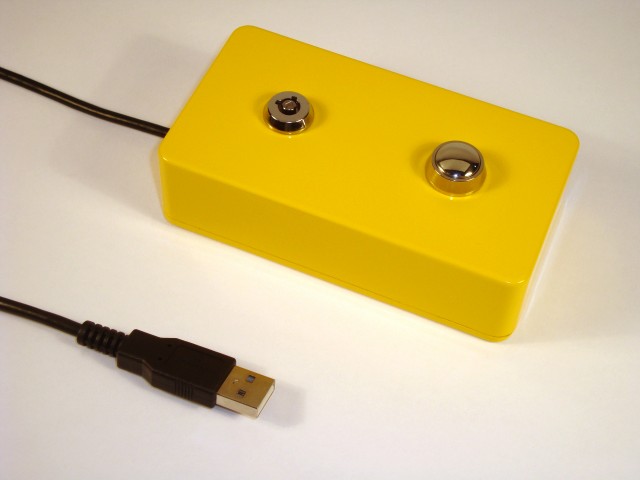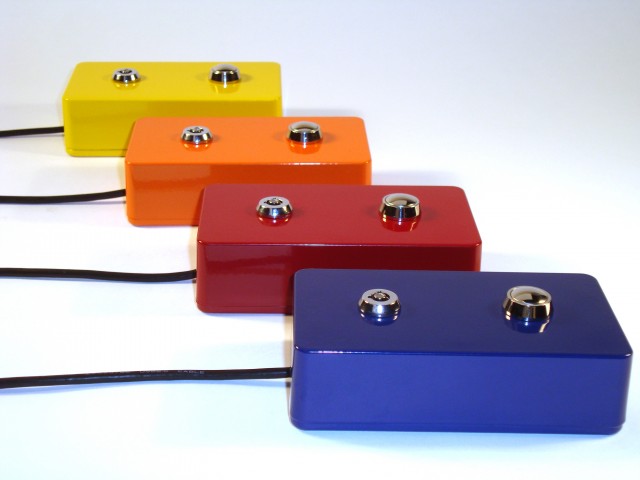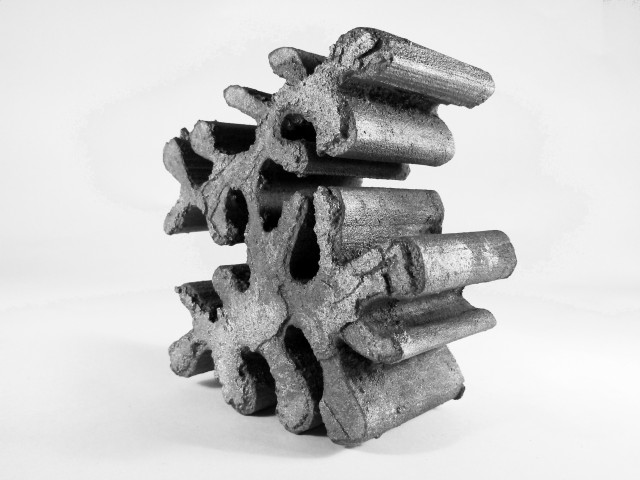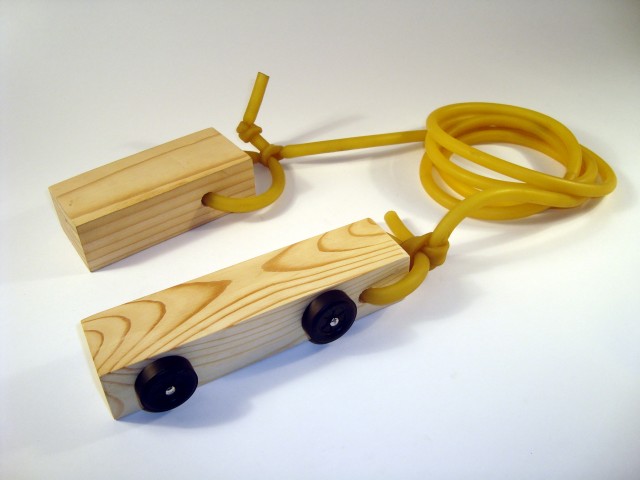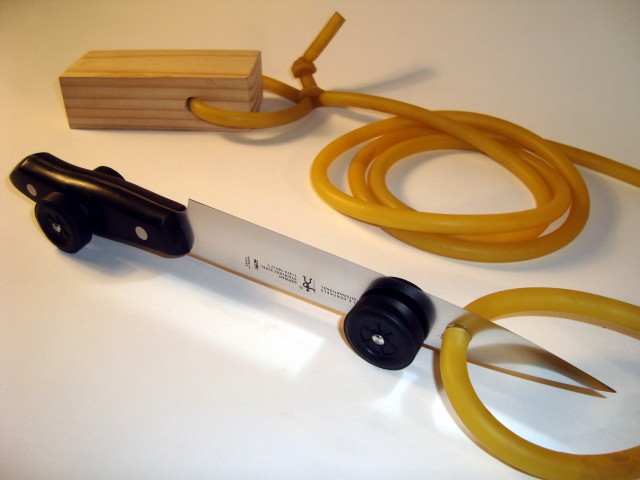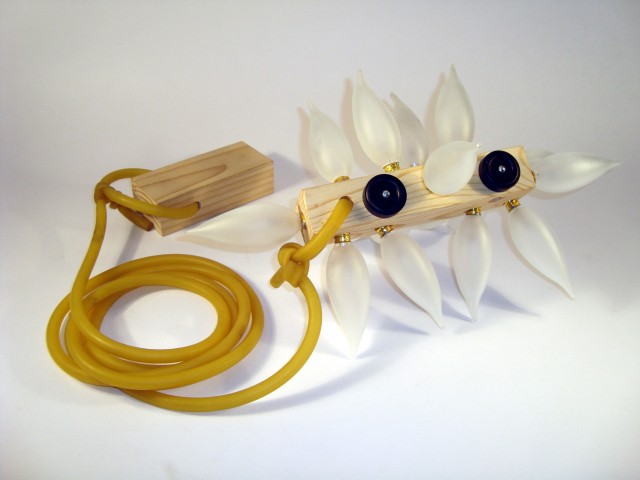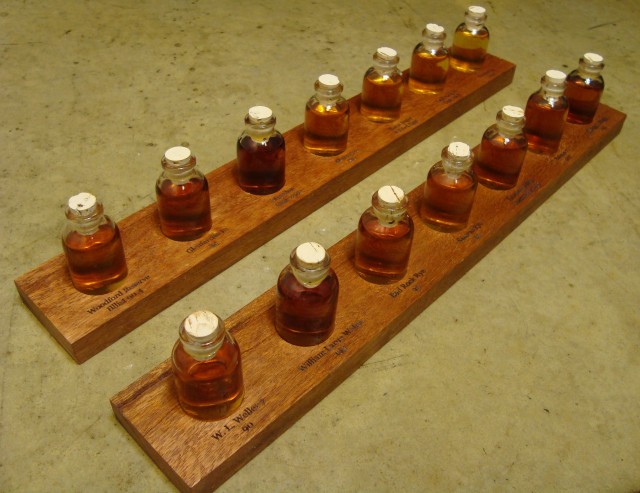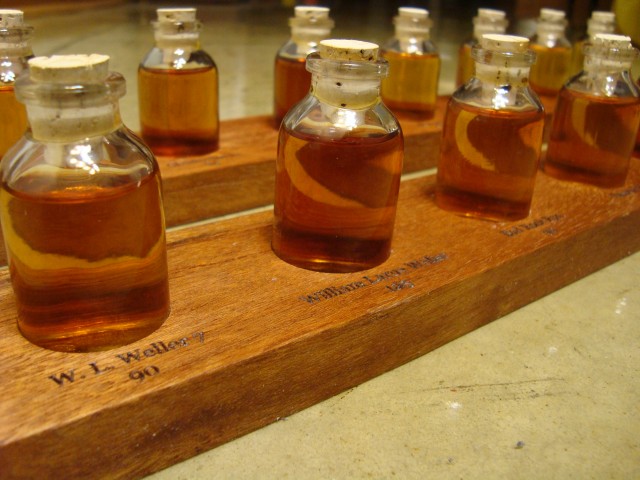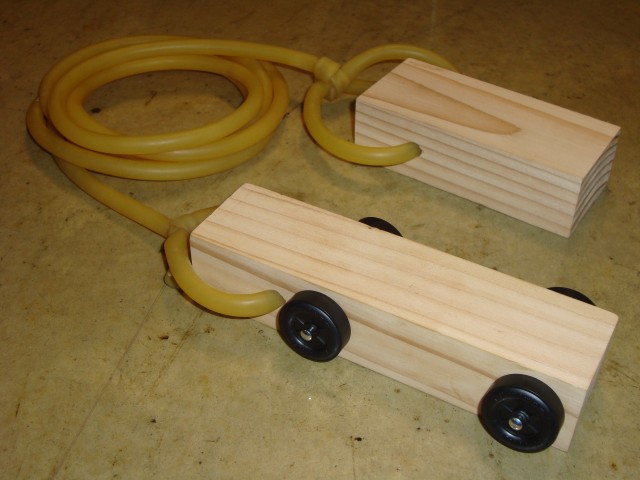My friend Rob is a smart engineer, and throughout the course of a work week he receives dozens of requests for his assistance on various projects. He’s such a positive and helpful person that he finds it difficult to say “No.” to any of these requests. I’ve helped him out by making a USB device that can provide a clear and simple email response to some of these requests. SAGA, or Semi-Automatic Gmail Assistant, is approximately the size of a mouse, and plugs into a computer just like any mouse or keyboard would. Here is the first prototype:

SAGA comes complete with a key lockout feature that prevents accidental activation. Once a worthy email request has been received, Rob can calmly make the call whether or not to arm SAGA by inserting the key, and rotating it clockwise 90 degrees. After rotating the key, an octagon of LEDs lights up around the chrome button, enticing Rob to press it. The extra illumination from the LEDs also further highlights the artfully coiled wiring that fills the prototype SAGA. When the button is pressed, SAGA sends the keyboard shortcut to respond to the email and types out “Go F*** Yourself.” at a respectable and slightly humorous 200 wpm. After waiting a half second for dramatic effect, SAGA automatically sends the email. Note that there is a 1% chance that SAGA will instead respond “That’s a Great idea, I’ll get right on it!”
SAGAis powered by a Teensy 2.0 and $15 of electronics parts. SAGA appears to the computer as a standard keyboard, and some helpful startup hints I followed appear on RasterWeb! and here. One enabling trick was using a 2n2222 NPN transistor to drive 140 mA into the eight LEDs (connected in parallel), as this value exceeds the current available from any one of the Teensy’s outputs. Note that keyboard shortcuts must be enabled in Gmail settings, and that Yahoo! Mail is also SAGA compatible. Upon moving an internal jumper, SAGA is probably compatible with some versions of Outlook (although installation of service pack 3.0 may be required).
Due to popular request by the few folks who have seen SAGA in action, I’ve built up a few, and they are for sale now on Etsy. Check out the aesthetically pleasing, high gloss powder coated aluminum enclosure! Here is SAGA in high-speed yellow:
Alternate colors are available too – Just follow this link to Etsy!
